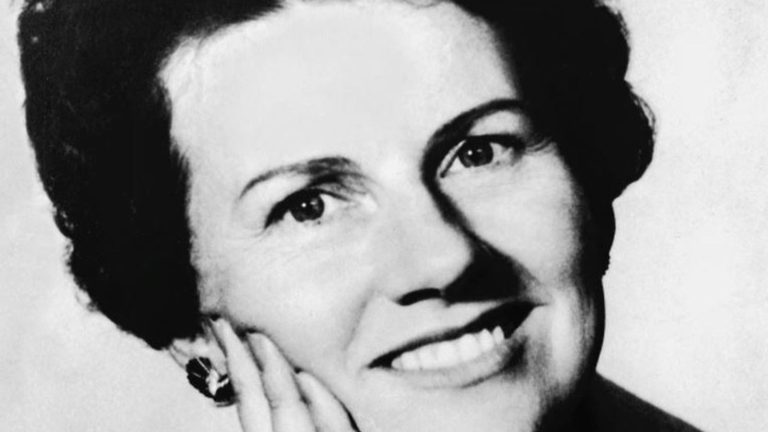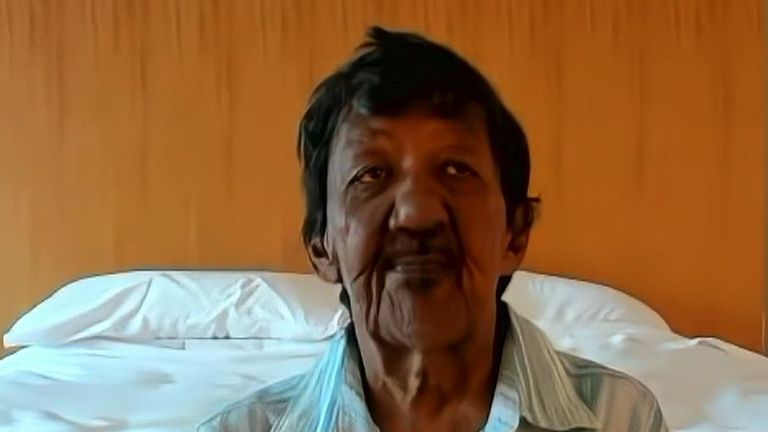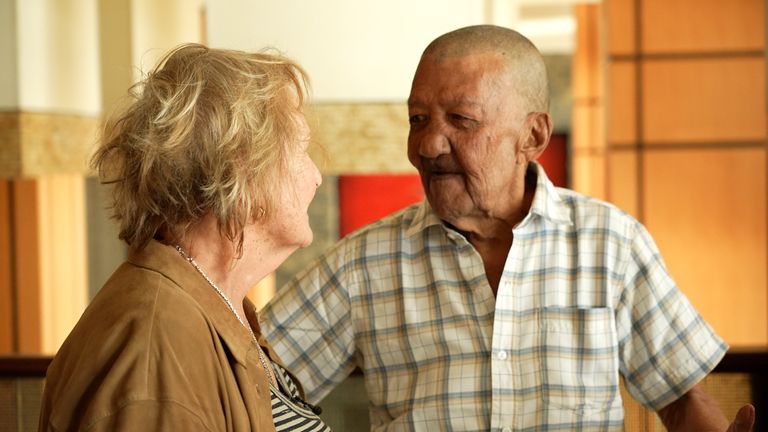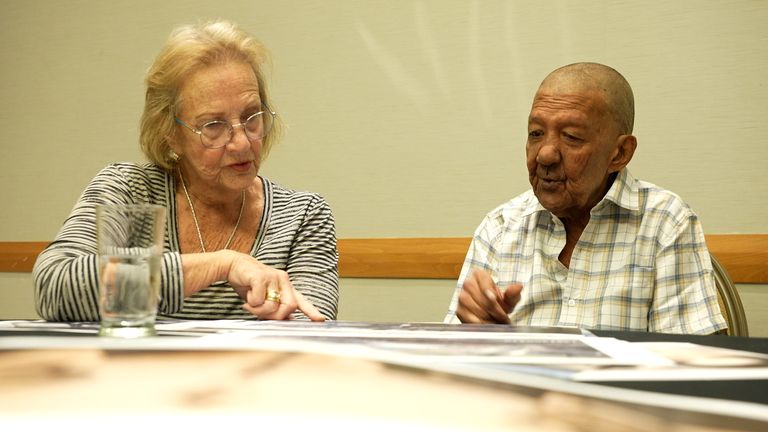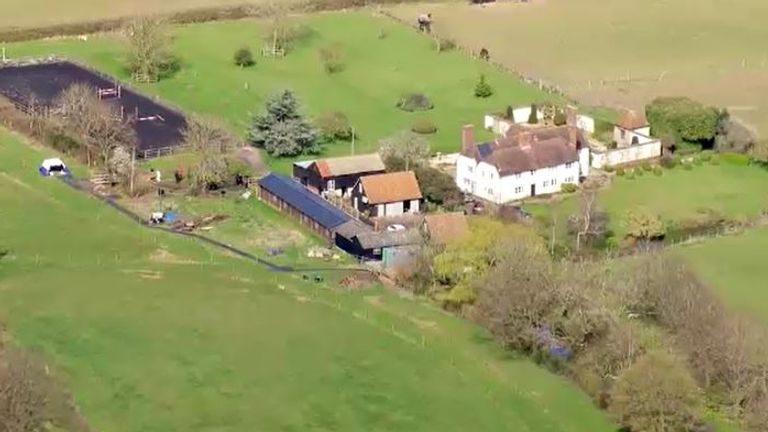A notorious killer has told British investigators where he buried his victim's remains 55 years ago, after they flew to his home in the Caribbean to interview him.
Nizamuddin Hussein was convicted of kidnapping and murder Muriel McKaywho was mistaken for the wife of newspaper tycoon Rupert Murdoch, in one of Britain's first murder trials without a body.
But he agreed to do so this week Meet a team of Scotland Yard investigators In his native Trinidad, where he was deported after spending 20 years in a UK prison.
In a letter to MacKay's family, Detective Superintendent Katherine Goodwin said: “We are in Trinidad and were able to speak to Nizamuddin Hussein yesterday and begin the interview process.”
“He was happy to speak with us and we hope to continue to see him over the next few days. We are making progress working with local police.”
Hussain, 76, is believed to have repeated what he told Murrell's daughter, Diane McKay, and her grandson, Mark Dyer, when they flew 4,500 miles to meet him in Trinidad in January: that Murrell had died of a heart attack on his brother Arthur's farm in Hertfordshire, while they were negotiating. Ransom and buried her under a manure pile behind a barn.
Sky News filmed that meeting, as Hussain pointed to old and new photos of the farm and studied computer-generated images to determine the burial site.
He said at the time: “Go through the kitchen door, go through the open ground, turn left and within two feet of the fence, that's where the body is.”
A week later, after studying the Sky News footage, Detective Inspector Goodwin said she found Hussain's evidence “compelling”, but wanted to meet him face to face.
It hopes to gather enough evidence to justify a new inspection at the farm near the village of Stocking Pelham, or to urge the Home Office to lift Hussain's deportation order and allow him to return briefly to the farm to show police exactly where to dig.
Businessman Mr Dyer said: “We didn't know if Nizam would be happy to talk to the British police, but if he is it's great news.”
“They have already received his new certificate, but we hope he will tell them everything he told us, the exact details of where he buried my grandmother, so we can recover her and finally give her a proper burial.”
Ms MacKay, 55, was kidnapped from her south London home in late December 1969 by the Hussein brothers, who thought she was Anna, the wife of Rupert Murdoch, who had just bought the Sun newspaper. In fact, she was the wife of Murdoch's deputy, fellow Australian Alec Mackay.
The kidnappers immediately realized their mistake, but continued with their plan and demanded a ransom of £1 million for her safe return, playing a game of cat and mouse with Scotland Yard before they were identified and arrested, by which time Muriel was already dead.
More from Sky News:
Check how the budget affects you
The M25 will be closed in both directions in an unprecedented move
They were sentenced to life imprisonment, denied any role in the kidnapping and refused to say what happened to their victim.
Nizam was persuaded to reveal what he now says is the truth after MacKay's family hired a lawyer to interview him at his dilapidated home outside Trinidad's capital, Port of Spain.
He lives there alone in poverty but rejects the family's offer of $50,000 to confess I spoke to them for free.
Police dug up a plot of farmland in Hertfordshire two years ago without success, but the family insisted they had searched the wrong area.
Farm owner Ian Marsh refused permission for new digging but has since said so The police will be allowed back Without a search warrant if they feel they have enough evidence.
In an official statement, Det Supt Goodwin, of the Metropolitan Police's Specialist Crime Unit, said: “We understand how frustrating and difficult this is for Muriel's family, and we are still working to recover her remains.”
“We recently met with Muriel's family and others to speak with them and gather information obtained during their visit to Trinidad. We are grateful for their time and assistance.
“We have reviewed and evaluated this information to determine the next steps in our investigation, which includes whether further research is appropriate.
“We are in contact with the family and will keep them updated.”

